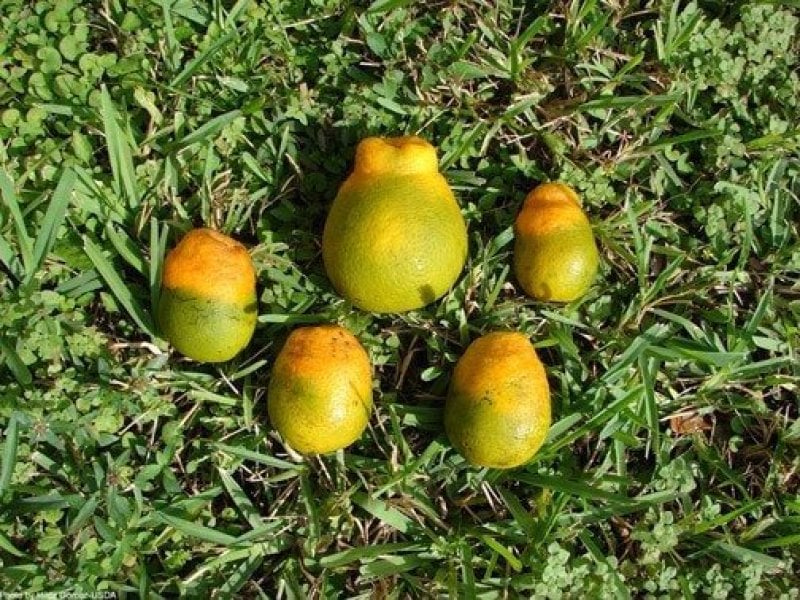Brazil is the world’s largest orange producer, the state of São Paulo is a world leader in the production and export of juice …. The sector’s challenges are the sustainability and control of huanglongbing (HLB) [citrus greening disease]. Greening emerged in 2004 in the country and it is estimated that it affects about 18% of the estimated more than 200 million orange trees and other citrus cultivated in the main producing regions – São Paulo, Minas Gerais and Paraná.
A research program to be developed at the IAC, in Campinas (SP), will seek a citrus plant genetically edited for the control of the disease and with a rootstock that induces the canopy to a reduced size, resulting in sustainability and reduced production cost.
So far there is no HLB-tolerant variety and the research will take place in three lines: the first is already underway with the evaluation of genetically modified (GM) citrus in field trials; the second will use CRISPR to silence genes associated with the plant’s hypersensitivity response to infection by the HLB bacteria. This stage is also underway, and the expectation is that a disease-resistant variety that also offers the desired fruit quality, appearance and flavor should be ready in five years.
The third line of action will be the use of citrandarin rootstocks (hybrids of tangerines with Poncirus trifoliata), obtained in the citrus breeding program of the IAC.
[Editor’s note: This article was originally published in Portuguese and has been translated and edited for clarity.]































